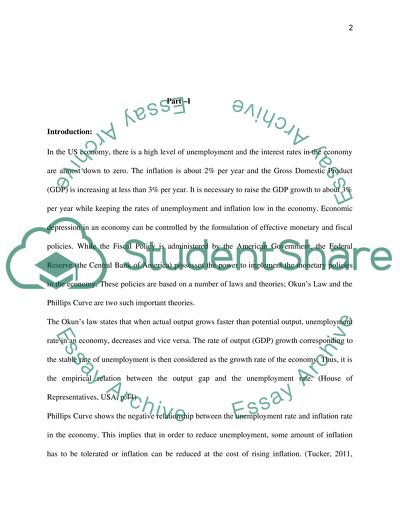Cite this document
(“The Rise And Fall Of The American Economy Coursework”, n.d.)
Retrieved de https://studentshare.org/macro-microeconomics/1391290-the-rise-and-fall-of-the-american-economy
Retrieved de https://studentshare.org/macro-microeconomics/1391290-the-rise-and-fall-of-the-american-economy
(The Rise And Fall Of The American Economy Coursework)
https://studentshare.org/macro-microeconomics/1391290-the-rise-and-fall-of-the-american-economy.
https://studentshare.org/macro-microeconomics/1391290-the-rise-and-fall-of-the-american-economy.
“The Rise And Fall Of The American Economy Coursework”, n.d. https://studentshare.org/macro-microeconomics/1391290-the-rise-and-fall-of-the-american-economy.


